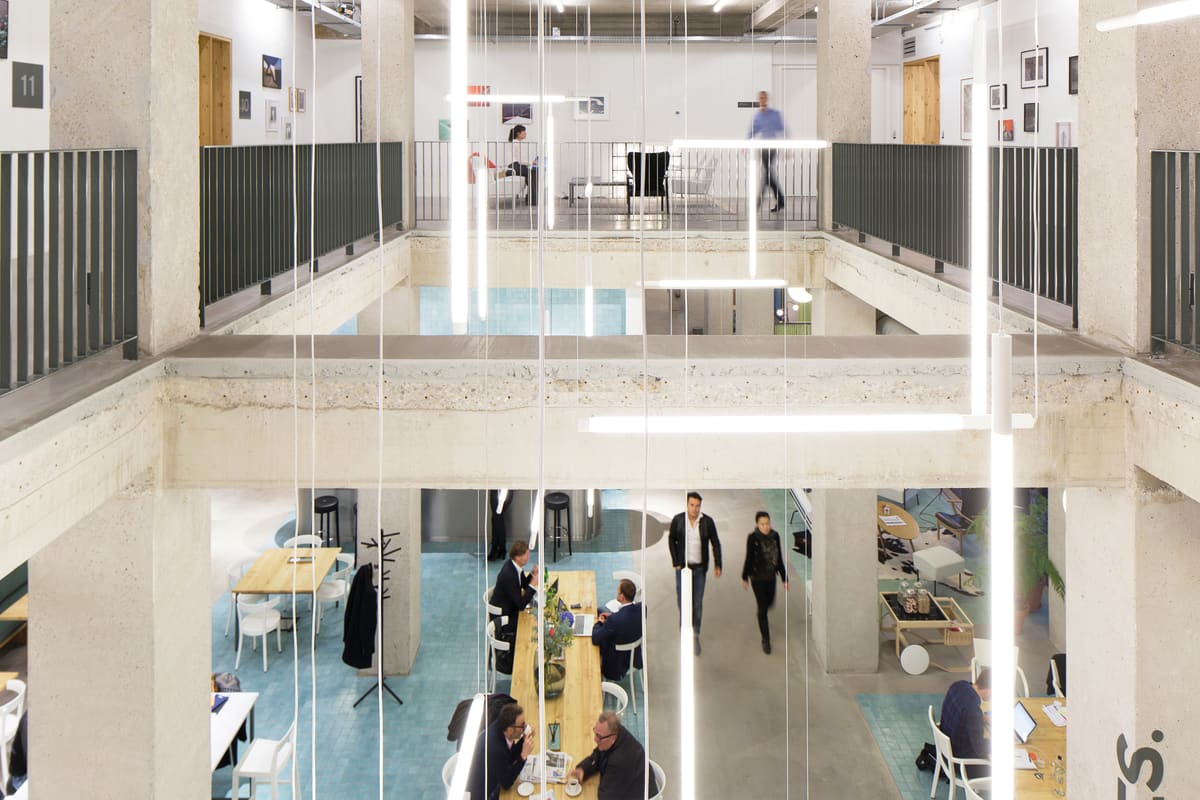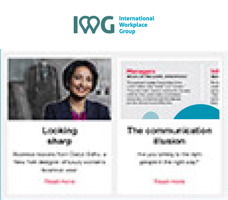With flexible office space, is it time to look again at total costs of workforce?
Most large businesses have no idea of their total costs of workforce (TCOW). Getting hold of the data can be time-consuming and complicated so, unless there is a pressing need to find out (such as during a big restructuring or industry pivot), the calculations don’t get done. To obtain the full picture, numbers need to come from both HR and finance departments, and encompass headcount, salaries, benefits, incentives, compensation payments, insurance and taxes, plus workforce overheads such as facilities, IT, relocation, recruitment, training, admin and, sometimes but not always, office space. Added together, these almost always end up being a company’s biggest expense.
When it comes to office space and TCOW, many companies wouldn’t typically have included long-term leases in their metrics but, as more business turn to short-term, flexible serviced offices and co-working spaces, it makes sense to add them into the equation. Another incentive is the introduction of new accounting standard IFRS 16, which was conceived by the International Accounting Standards Board and came into play at the beginning of the year. The new regulation requires companies to declare all leases (be they for ships, oil rigs, planes, shops, hotels or offices) on their balance sheets, which means their assets and liabilities go up.
However, leases of 12 months or less are generally exempt so, for CFOs looking to lower their office space costs, choosing flexible offices provided by the likes of IWG provide a way around the problem. It also means companies can adapt swiftly to the growth or shrinking of workforces, taking on more or less square feet as required. This helps them maintain precise costs for each individual employee, as well as the TCOW, and provides a solid foundation on which to base future projections for the true price of talent acquisition, for example.
How much does co-working cost in the UK? A lot more than working from home but a lot less than leasing an office. According to 2018 findings from startups.co.uk, the average monthly cost of a desk in London is £613. Being based in Brighton will cost £432, Oxford £295 and Manchester just £271. At the beginning of 2019, IWG asked 15,000 businesspeople from 100 nations for their opinions on flexible working. The survey revealed that 65% of companies worldwide say flexible workspace helps them reduce capex/opex, manage risk and consolidate their portfolio.
Whereas some companies just rely on generating TCOW from HR data, some also include data from the finance department, which is a definite plus but relies on good lines of communication, departmental initiative and diligent reporting from both. For big companies, the task can feel overwhelming, especially when information is siloed in different locations, but waiting for a crisis to happen that will force you to work out your TCOW is a bad idea.
By continually uploading salary and benefits numbers from HR and costs from finance to a cloud-based workforce planning system such as Visier, companies will be presented with genuinely useful insights and visualisations “letting you make more informed investments, optimise costs, and eliminate surprises”, as it describes. Under- or over-hiring is always a pitfall but, with budget and forecast data from financial plans aligned, it’s easy to see actual headcount against planned headcount, for instance, on easy-to-read graphs. With all this in mind, intelligent businesses of tomorrow will be freeing themselves of long-term office leases and monitoring the TCOW with care.
Could IWG help you reduce your TCOW?






